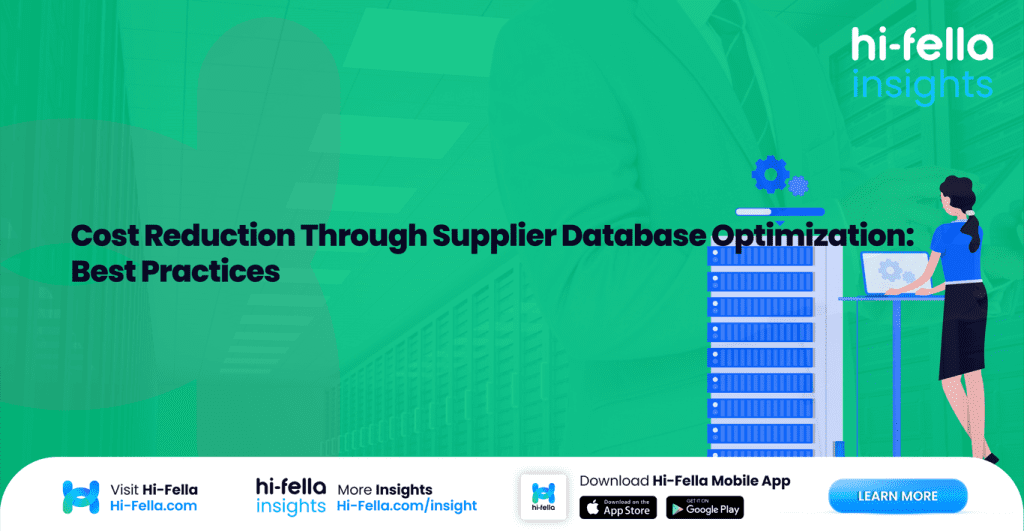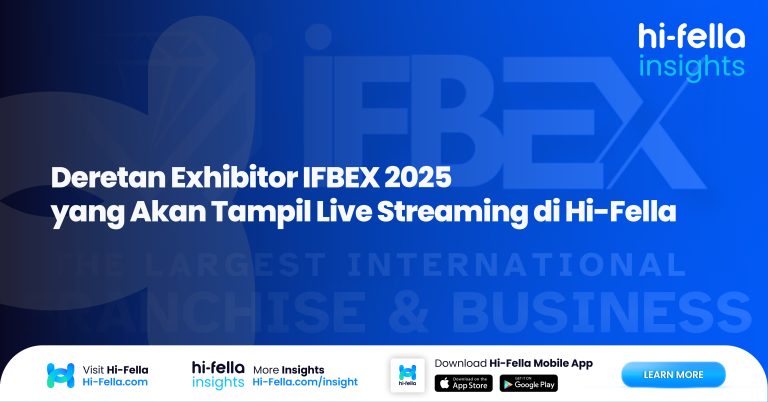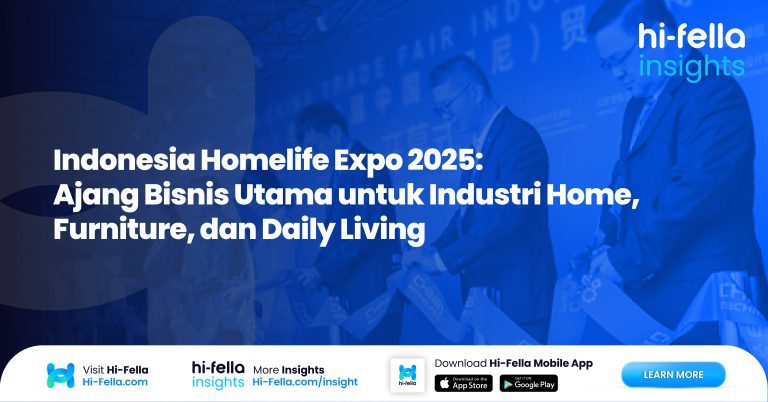In global procurement, supplier cost reduction isn’t just about negotiating lower prices — it starts with how you manage supplier data. Fragmented records, duplicated entries, and outdated certifications can silently drain millions from procurement budgets through hidden inefficiencies.
As supply chains scale across borders, managing supplier data effectively becomes the key to unlocking savings, boosting negotiation power, and mitigating risk. Platforms like Hi-Fella offer a new approach: combining verified supplier data, real-time performance insights, and smart categorization tools to optimize sourcing — and cut costs.
The Hidden Cost of Poor Supplier Data Management
According to a McKinsey report, poor data quality can increase procurement operations costs by 15–20%. Similarly, a Deloitte study found that more than 40% of procurement leaders cite inconsistent supplier data as a major barrier to effective cost control.
These costs often remain invisible but are very real:
- Overpayments due to duplicate suppliers with different payment terms
- Missed volume discounts because spend is scattered across similar suppliers
- Longer sourcing cycles due to incomplete or incorrect contact and compliance records
- Unnecessary purchases when approved suppliers aren’t visible or classified correctly
In a time when inflation, logistics costs, and compliance expectations are rising, ignoring the quality of your supplier data is no longer an option.
Centralizing and Cleansing Supplier Data to Eliminate Waste
The first step to reducing costs is consolidating fragmented databases and cleaning supplier records. This involves:
1. Merging Supplier Profiles
One of the biggest inefficiencies in procurement systems is the existence of fragmented supplier records across different departments, systems, or even regional offices. Without a unified view, businesses often interact with the same supplier multiple times without realizing it, leading to redundant communication, inconsistent pricing, and missed opportunities for volume discounts.
By merging supplier profiles into a centralized system, companies can create a single source of truth. This consolidated view enables better negotiation, streamlined communication, and improved performance tracking. It also lays the groundwork for advanced analytics, risk monitoring, and relationship management, which are essential for scaling procurement operations.
2. De-duplicating Entries
Duplicate supplier records are common in legacy databases, especially when manual data entry is involved. These duplicates not only clutter the system but also create confusion in payment processing, contract management, and compliance tracking. Inactive or unverified suppliers further complicate the data landscape and add unnecessary administrative overhead.
De-duplicating entries involves identifying and eliminating redundant records and removing suppliers that are no longer active or failed to meet qualification standards. This process improves data integrity, reduces internal friction, and allows procurement teams to focus only on verified, strategic suppliers — ultimately lowering operational costs and enhancing decision-making accuracy.
3. Validating Supplier Credentials
A major aspect of supplier data management is ensuring that all credentials are accurate and up to date. This includes tax identification numbers, business licenses, certifications (e.g., ISO, GMP), and regulatory approvals specific to the industries in which the suppliers operate. Invalid or expired credentials can lead to legal complications, failed audits, or supply chain interruptions.
Digitally validating and storing these credentials ensures that only compliant and trustworthy suppliers are retained in the system. This not only protects the company from regulatory risks but also builds a foundation for transparent and ethical sourcing practices. Automation tools can further streamline this process by issuing alerts when credentials are nearing expiration or need renewal.
4. Classifying Suppliers
Classifying suppliers by relevant criteria such as HS code (Harmonized System), product category, geographic region, and strategic importance enables more structured supplier management. It helps companies prioritize supplier relationships based on criticality, value contribution, and potential for long-term partnerships.
Proper classification also allows for more precise reporting and analytics. For example, procurement teams can easily generate reports on supplier diversity, ESG performance by region, or compliance status by product type. When supplier classification is aligned with organizational strategy, it enables more targeted sourcing, better risk management, and greater agility in responding to market shifts.
Once cleansed and centralized, your supplier database becomes a strategic asset — offering:
- Clear spend visibility to identify bundling and negotiation opportunities
- Stronger leverage during sourcing events and annual negotiations
- Smarter compliance by surfacing only verified and up-to-date vendors
Hi-Fella supports these efforts by offering compliance-aligned supplier profiles with complete documentation, reducing sourcing friction while improving cost accuracy.
Leveraging Supplier Performance Analytics to Drive Smarter Decisions
Clean data is powerful — but analyzed data is transformative. Once supplier information is structured and accurate, companies can start tracking key performance indicators (KPIs) to inform sourcing strategies.
Common performance metrics include:
- Lead time consistency and delivery reliability
- Product defect rates or returns
- Pricing trends and competitiveness over time
- Sustainability and ESG compliance scores
Modern platforms, including Hi-Fella, integrate supplier scorecards, risk profiling, and automated alerts into their dashboards. This enables companies to:
- Identify and phase out underperforming suppliers
- Shift spend to high-value, lower-risk partners
- Improve cost predictability and reduce emergency sourcing
- Negotiate better contracts based on historical performance insights
Optimized supplier databases enable procurement teams to move from gut-based decisions to data-backed sourcing strategies — improving both cost and reliability.
Case Studies from Industry Leaders on Data-Driven Supplier Cost Reduction
Many global leaders have already achieved massive savings through database optimization. A few notable examples:
- Toyota integrated AI into its procurement system to detect redundant supplier spend across divisions, saving over $100 million in three years.
- Nestlé centralized supplier profiles across its global regions, streamlining audits and achieving a 20% reduction in duplicate procurement costs.
- Samsung leveraged real-time supplier analytics to eliminate bottlenecks and reduce emergency sourcing fees, improving supply chain efficiency by 15%.
These companies prove that supplier data is not just an operational concern — it’s a financial strategy. By adopting modern data governance practices, they turned back-office improvements into frontline cost savings.
Join Hi-Fella Today!
Hi-Fella is more than a sourcing directory — it’s a global trade platform built for smarter, cost-effective procurement. By combining verified supplier databases, private showcases, and performance tracking tools, Hi-Fella helps companies:
- Cut costs by consolidating and optimizing supplier engagement
- Eliminate sourcing friction with clean, compliant data
- Reduce risk through performance transparency and document validation
- Accelerate procurement cycles with real-time, searchable supplier insights
Whether you’re a multinational or an emerging trader, Hi-Fella gives you the tools to make procurement leaner, smarter, and more strategic.








